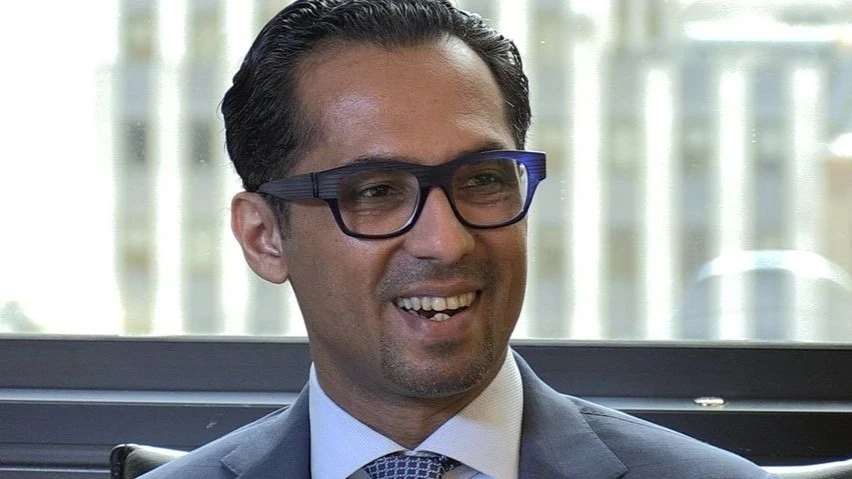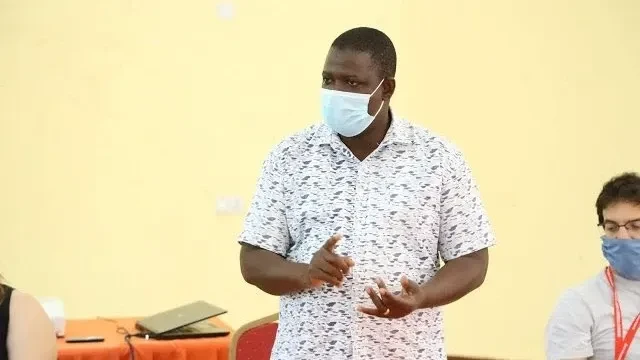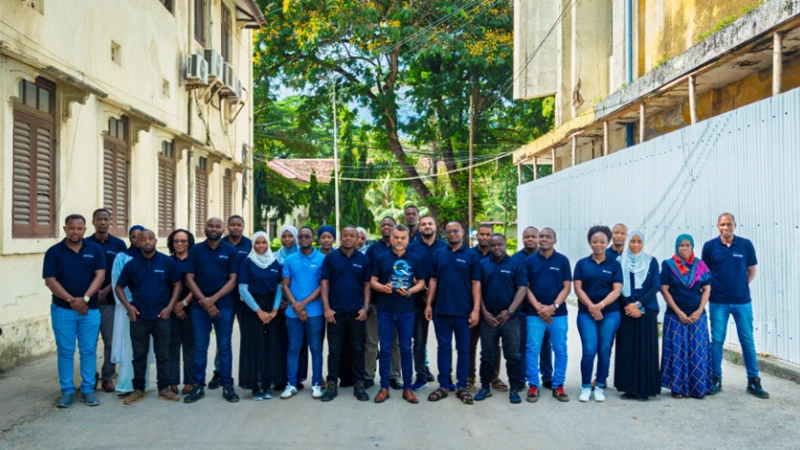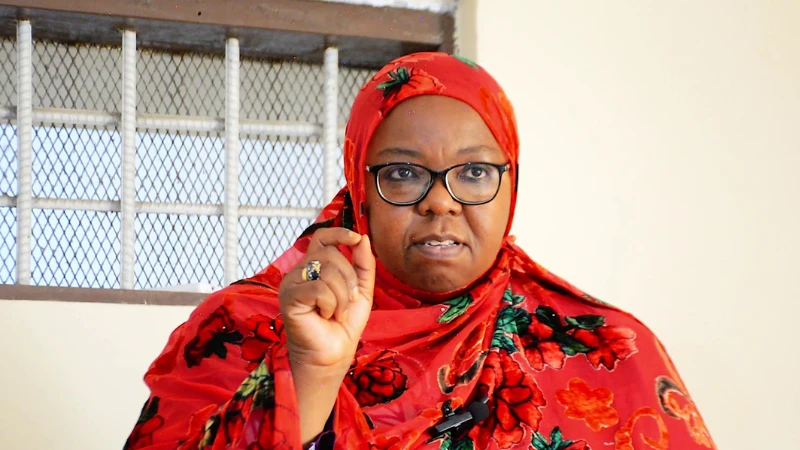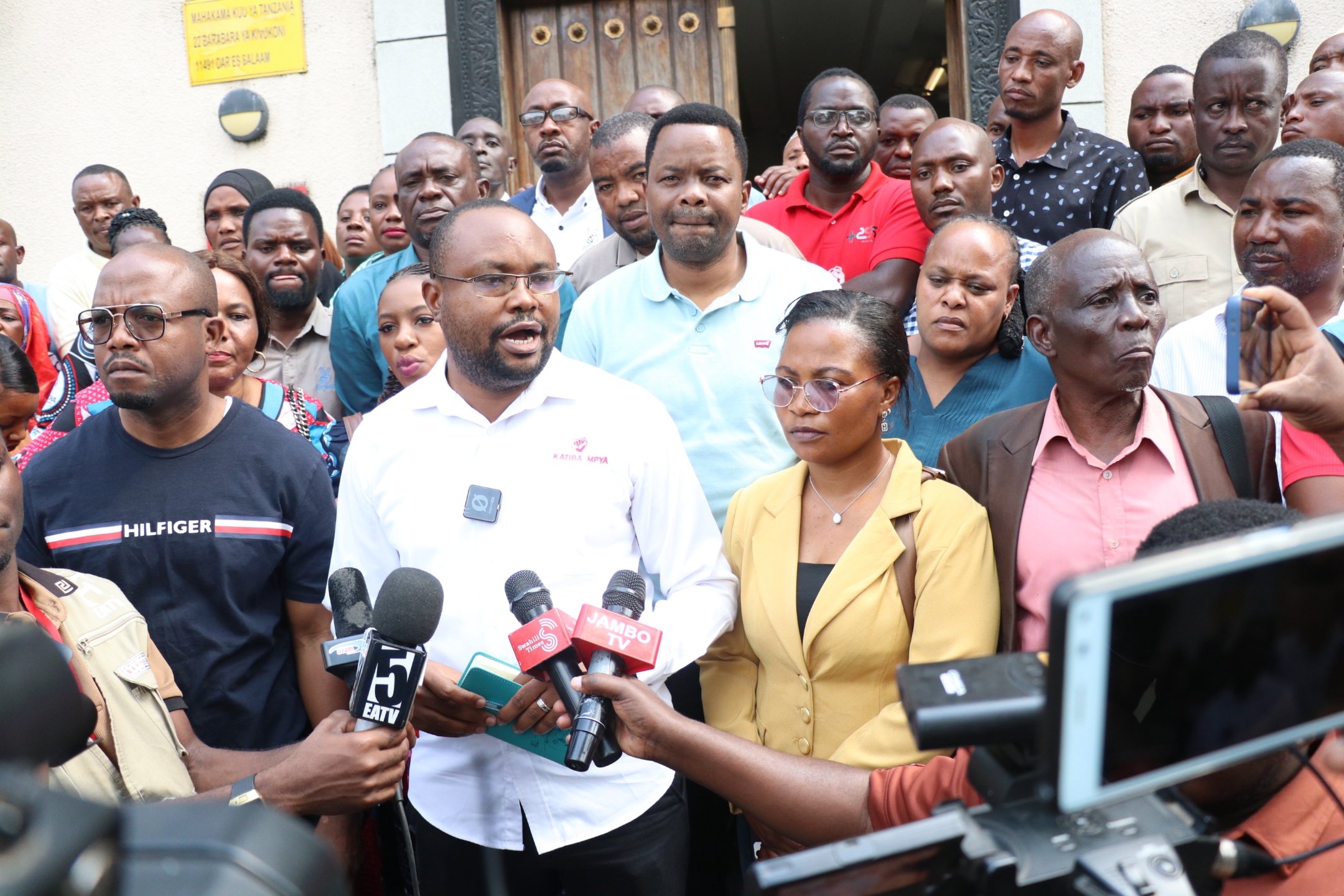Cashew, tobacco boosts traditional exports earnings by 60pc
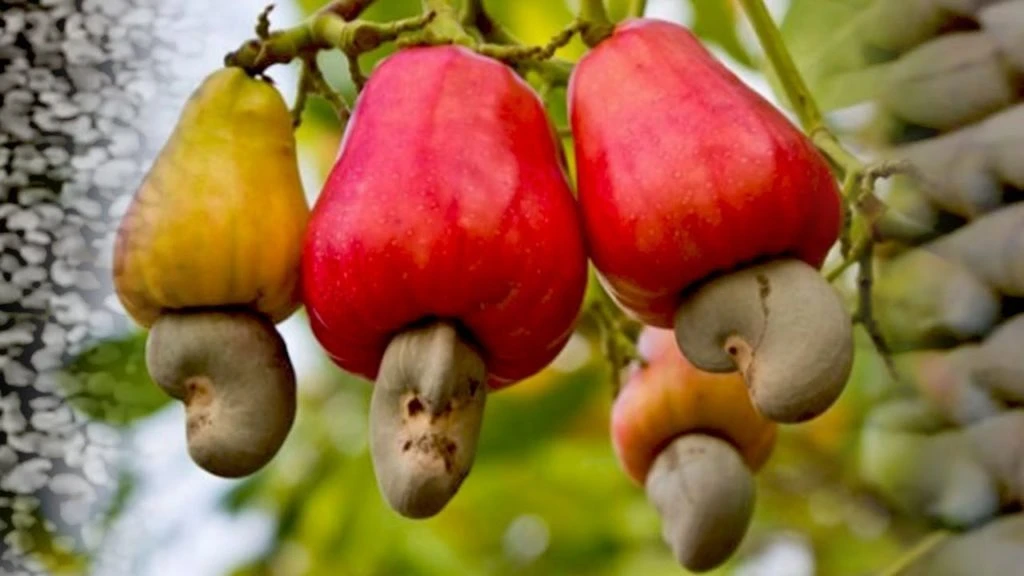
Earnings from traditional exports have dramatically increased by 60 percent during the last twelve months ended in February this year, fueled by sharp increase of foreign exchange from cashewnuts and tobacco exports.
Latest provisional data by Bank of Tanzania (BoT) shows that total foreign currency earnings from traditional exports amounted to $1.6 billion, more than earnings by exported manufactured goods, an increase from $1bn recorded during the end of February 2024.
The central bank report shows that the two crops generated combined foreign exchange earnings amounting to $1.2 million, which is equivalent to 80 percent of total traditional exports earnings.
Cashewnuts was the leading traditional exports earner, after record breaking of $626 million, nearly three times from $224 million recorded during the year ended in February 2024.
Tanzania's cashew nut harvest for the 2024/2025 season has shown significant growth, reaching 408,600 metric tons, according to N'kalô, an independent trade advisory service.
This represents a substantial 34 percent increase compared to the 305,000 metric tons produced in the previous season. Other sources indicate even higher production figures, with the Cashew Board of Tanzania reporting 528,262.23 metric tons.
The global demand for cashew nuts remains strong, with buyers seeking high-quality products. Tanzania's cashews are known for their premium quality, leading to competitive pricing in international markets.
The introduction of an auction system has also allowed Tanzanian producers to negotiate better prices. In the initial weeks of the 2024/2025 auction, prices ranged from 4,035/- to 4,120/- per kilogram, a significant increase from previous seasons.
While Tanzania has seen record raw cashew nut exports, a significant portion of the crop is still exported without processing.
Government efforts to increase local processing capacity are underway and will be crucial for maximizing the value of exports in the coming years.
On tobacco, the BoT data shows the controversial crop recorded export earnings amounting to U$574 million during the year ended in February this year, from $376 million recorded during the year ended in February 2024.
The Tanzanian government set a target to produce 200,000 metric tons of tobacco for the 2024/2025 agricultural season. This follows a significant increase in production to 122,858 metric tons in the 2023/2024 season, up from around 50,000 tons in the previous year.
This substantial growth is attributed to supportive government policies, including providing subsidies for fertilizers to tobacco farmers. In the current farming season (2024/2025), the government allocated 13bn/- for fertilizer subsidies specifically for tobacco growers.
Additionally, the contractual farming arrangements between farmers and buyers have played a crucial role in boosting production.
As a result of this growth, Tanzania has become the second-largest tobacco producer in Africa, after Zimbabwe.
The government has set a target to generate between US$600 million and US$700 million in annual tobacco export revenues. With the targeted increase in production for the 2024/2025 season, it is highly likely that export earnings in 2025 will be substantial.
For the first time, local Tanzanian companies were responsible for more than 50% of the tobacco bought and sold abroad.
The government actively supports the tobacco industry by collaborating with leaf companies for crop purchases and investing in processing infrastructure.
This includes the construction of a US$300 million cigarette factory in Morogoro and the expansion of the Mkwawa Leaf Tobacco processing plant to become one of the world's largest facilities.
According to statista, the global tobacco market was estimated at US$904.9 billion in 2023 and is projected to reach US$1.1 trillion by 2030, with a Compound Annual Growth Rate (CAGR) of 3.0 percent from 2023 to 2030.
However, tobacco is facing a major challenge of consumption in future, as there's a continued decline in smoking rates in many developed countries due to increased awareness of health risks, stricter regulations, and public health campaigns.
Top Headlines
© 2025 IPPMEDIA.COM. ALL RIGHTS RESERVED






